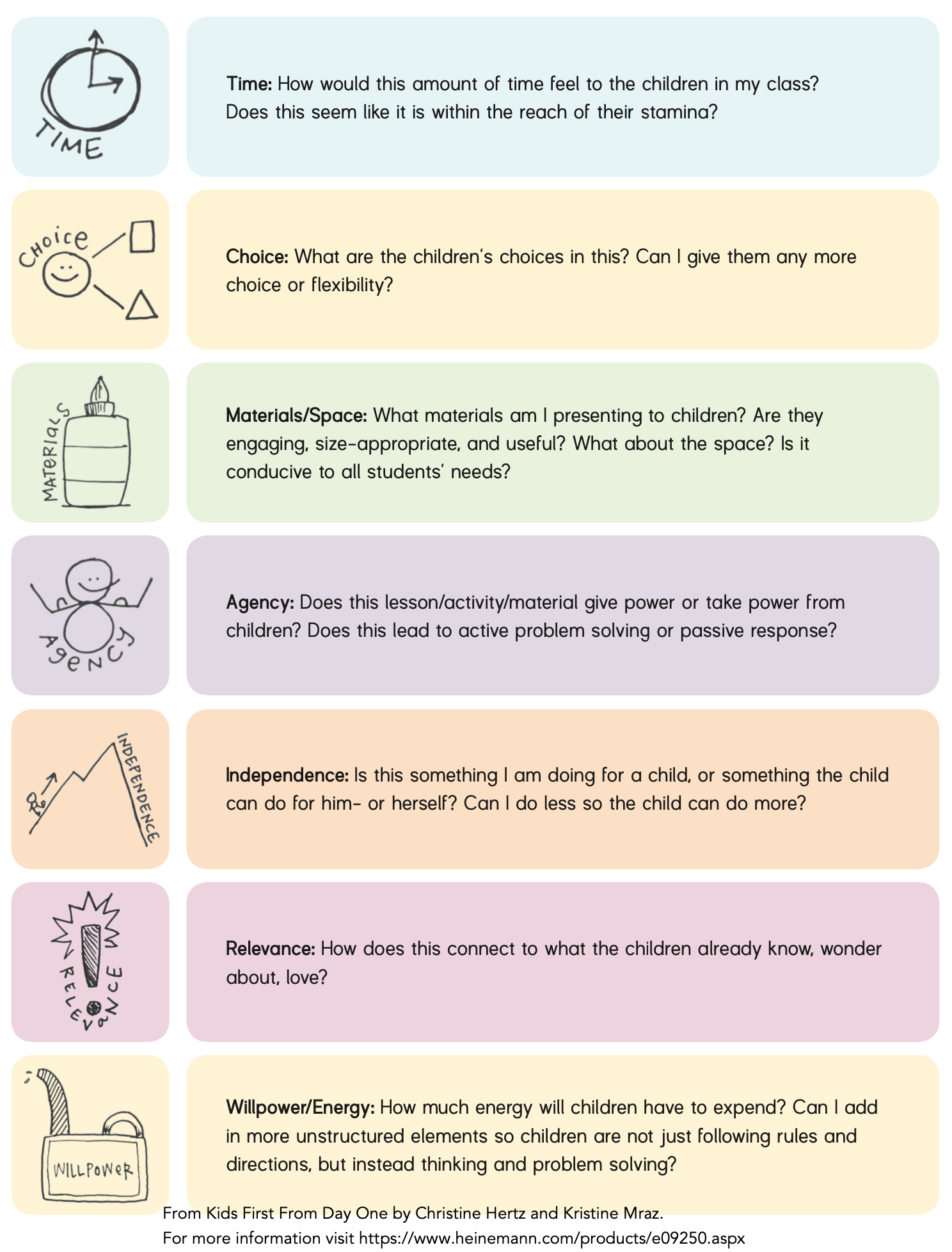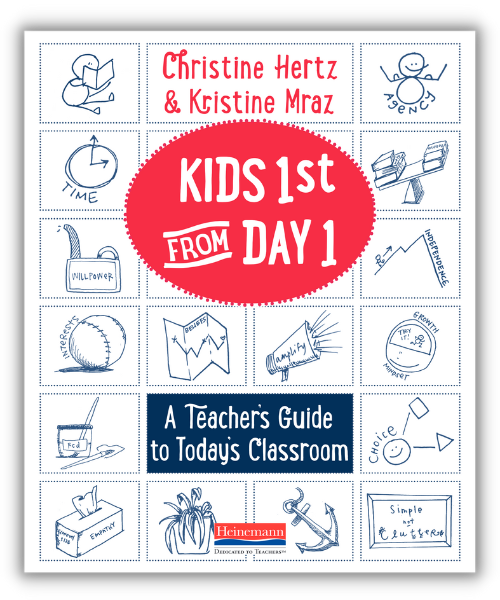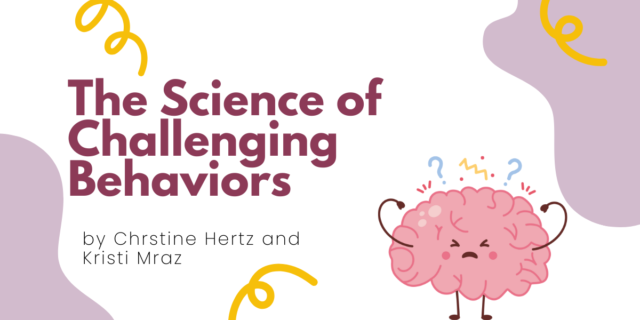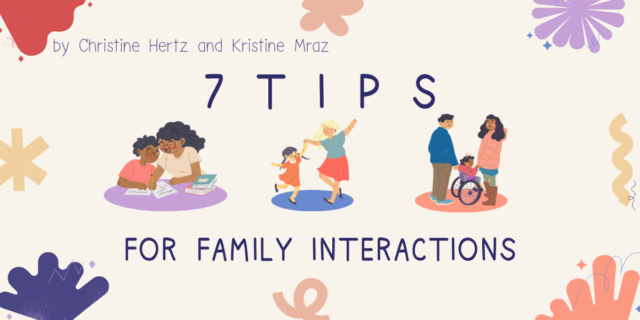
The following is adapted from Kids First From Day One by Christine Hertz and Kristine Mraz.
There is a science to teaching—continuums of development, for example— but there is also an art, like the way we connect to children. Teaching without the heart is like cooking without seasoning: bland, ineffectual, and uninspiring. So how do we bring more heart into our work? By tapping into our self-compassion and ability to grow and flourish, our empathy, our spirit of play, our ability to be flexible, and our reflective selves.
The Empathetic Teacher
What exactly is empathy, you might ask? It’s not sympathy, and it’s not compassion. It is something unique: the ability to see the world from another person’s perspective and to understand and feel what that person feels in the moment. The other people in this case? Your students. Empathy isn’t just feeling for, it is feeling like, meaning you can honestly get inside the head and feelings of a five-year-old, a ten-year-old, a twelve-year-old. You might think that being an empathetic teacher is just part of the gig (“Of course I’m going have empathy for my students—I care about them, I’m a kind person, I’m a teacher for crying out loud!”), but in the heat of the moment and the stress of the job, it is easy to want kids to see it from our point of view (“I’m trying to teach you! Listen!”) rather than to see it from theirs (“We’ve been sitting for a long time and we need to move!”). Yes, empathy is a feel-good idea, but there’s more to it than that.
John Hattie and Gregory Yates, preeminent educational researchers, have studied the effect size of certain teaching “mind frames” and found that the more connected you are to your students, the more empathetic you are as a teacher, and the better your students will do: “Learning for many students is risky business. The positive student-teacher relationship is thus important . . . because it helps build the trust to make mistakes, to ask for help, to build confidence to try again, and for students to know they will not look silly when they don’t get it the first time” (Hattie and Yates 2013, 21). The relationships you form with your students provide the safe and sturdy foundation for all other learning to come, and the empathy you model sends a powerful message about how we treat each other in the world.
Keep a Child’s-Eye View of Your Day
Every time you structure your day or plan a lesson, put yourself in your students’ shoes. How does it feel from their perspective? Sometimes it can be hard as a teacher to see things from our students’ perspectives. Think back to when you were the age of the children you teach. Try to call up memories of being six or eight or ten. Sometimes children and adults perceive the same things very differently. Have you ever noticed how so many children are drawn to walking on the tops of walls? To children, these walls look like the perfect adventurous route to wherever you might be going. To adults, they might look too wobbly, too tall, too narrow, too out of the way. When you think about your day and your space, try to be mindful of the unique needs of your group of children, and change things up if you need to.

The Empathy Toolkit
No matter what the situation, we activate our empathy and are more compassionate and effective if we follow Theresa Wiseman’s (1996) “four attributes of empathy”:
Take their perspective. Put yourself in your student’s shoes and use your whole body to show that you’re empathizing. Get down on their level. Turn your body and your full attention to their concern. Imagine, really imagine in your brain what it would be like to be in their position.
Don’t rush to judgment. What might be seen as a trivial problem to us as adults may just mean the world to a five-, seven-, or ten-year-old. Catch yourself if you’re rushing to judgment or rushing to dismiss what they’re upset about. Instead of sympathizing or fixing or negating the problem, just listen and let them be heard.
Recognize emotions. Try to home in on the emotions that the student is expressing or attempting to communicate. To do this, you’ll have to put aside your own emotions. Helping your student to name the emotion that they’re feeling is one of the first steps to calming them down and tapping into their reasoning brains.
Communicate and connect. Brené Brown (2012) says that the two most important words when you’re trying to be empathetic, when you’re trying to reach someone who is struggling, are “Me too.” Try to connect with a student and communicate your understanding of what they’re going through. To do this, you might have to put aside your desire to get things done, keep things moving, and have a neat and tidy teaching moment. But even the best-made plans are worth putting aside to connect, to really connect, with a student.

To learn more about Kids First from Day One visit Heinemann.com.
Browse more blogs featuring this title here.


